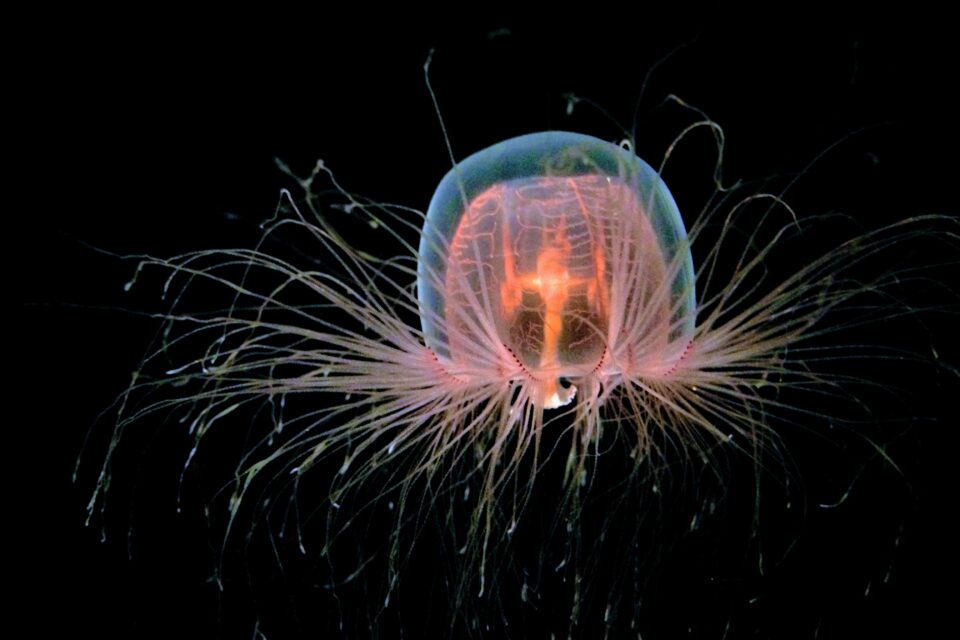Ecology and Behavior: Jellyfish are found in all the world’s oceans, from the surface to the deep sea, and play a crucial role in marine ecosystems as both predators and prey. They are highly efficient hunters, using their tentacles to ensnare plankton and small fish. Some species of jellyfish are known for their ability to form massive swarms, or blooms, which can have significant ecological and economic impacts, such as clogging fishing nets and disrupting tourism.
Environmental Impacts: Jellyfish populations are influenced by a variety of factors, including water temperature, salinity, and nutrient levels. Climate change and human activities, such as overfishing and pollution, can also have profound effects on jellyfish populations, leading to an increase in jellyfish blooms in some regions. Understanding these environmental impacts is essential for developing effective management strategies to mitigate the effects of jellyfish on marine ecosystems and human activities.
Conclusion: Jellyfish are truly fascinating creatures with a complex life cycle and important ecological roles. By studying their biology, behavior, and environmental impacts, scientists can gain valuable insights into the functioning of marine ecosystems and the effects of human activities on the ocean environment. Protecting jellyfish and their habitats is essential for maintaining healthy and balanced marine ecosystems for future generations.
